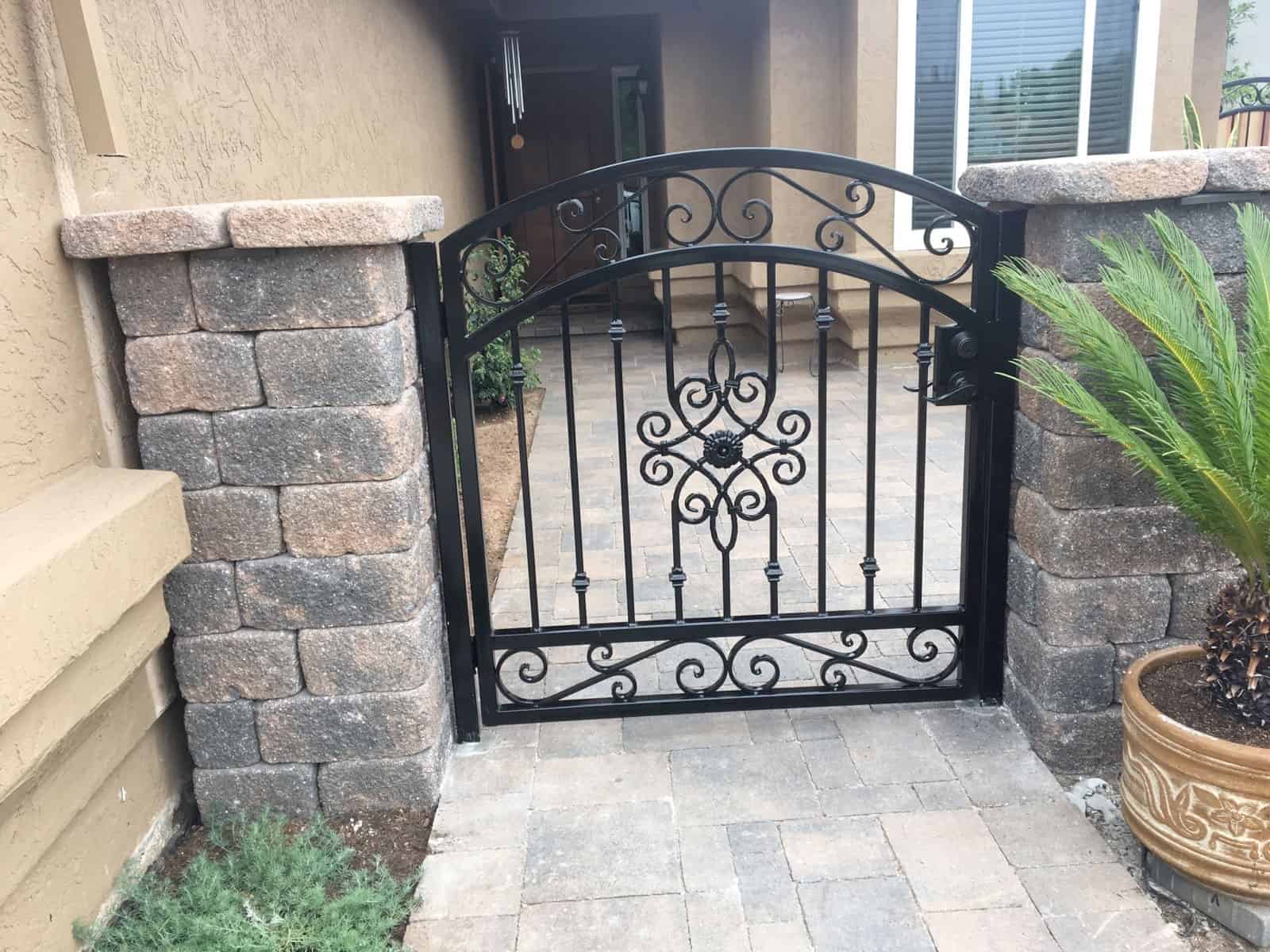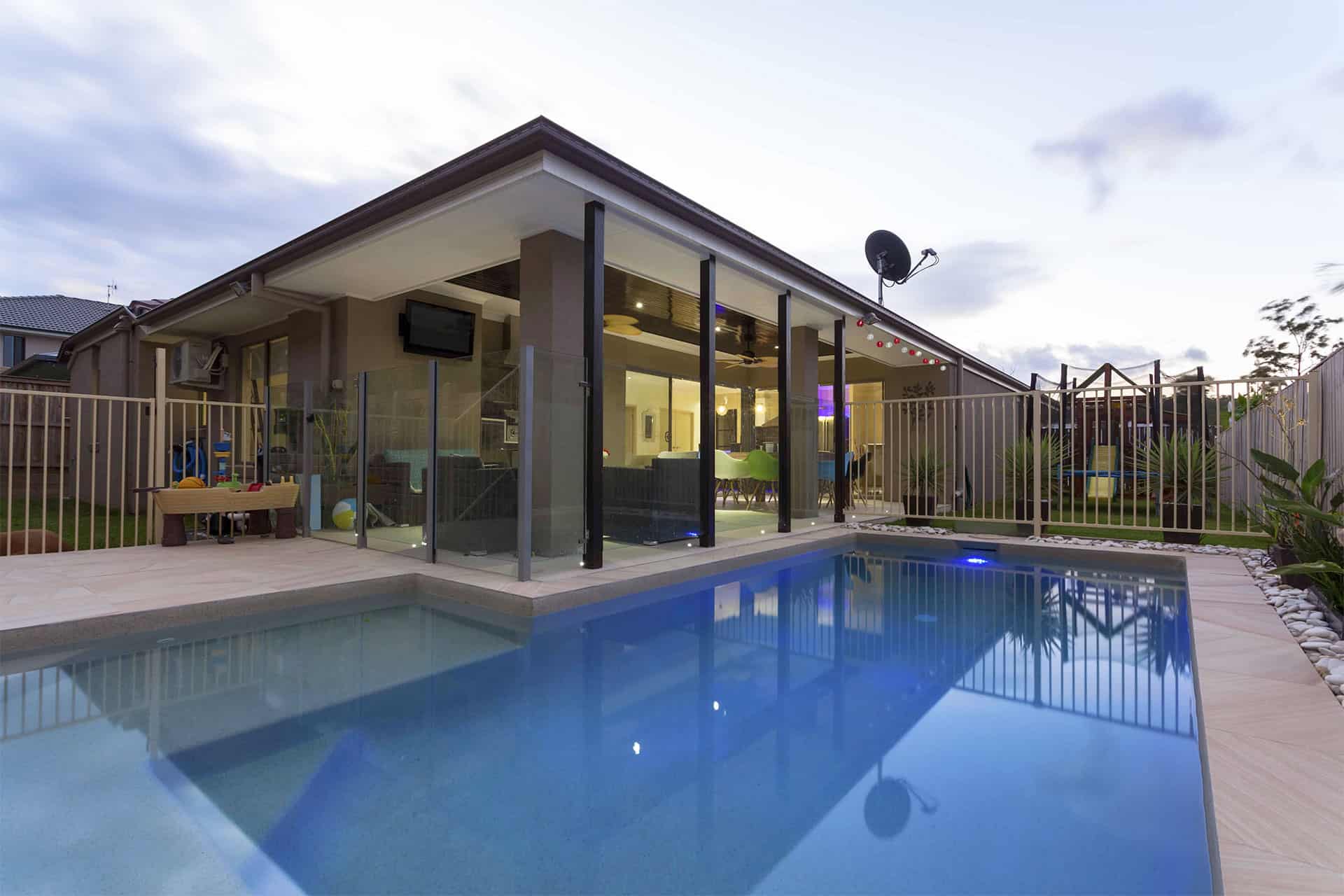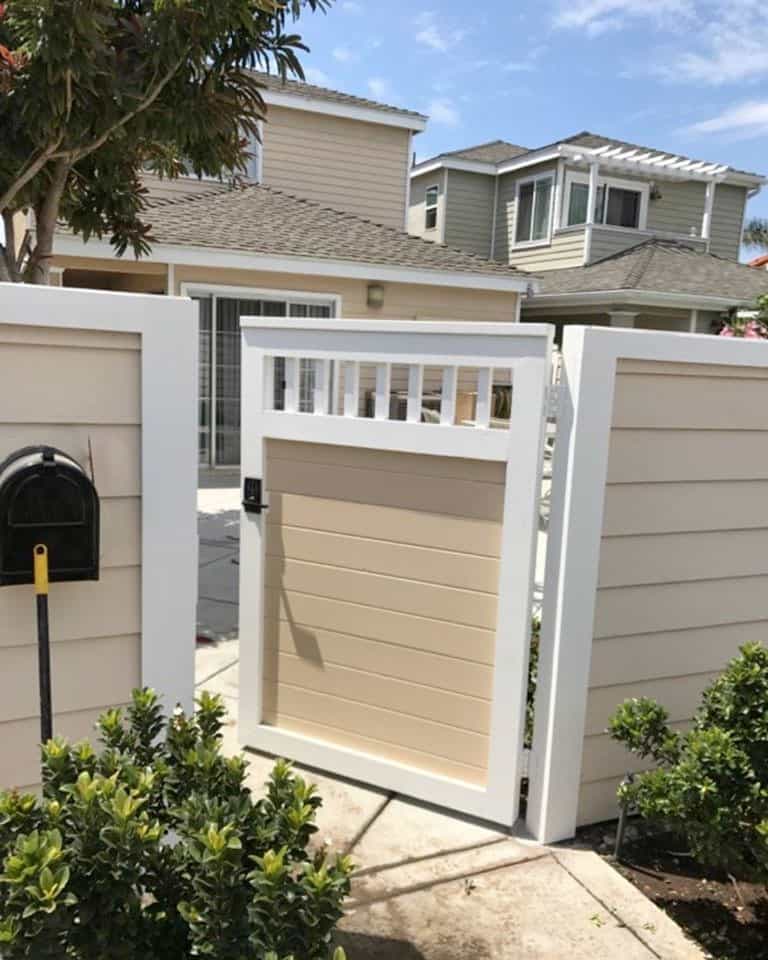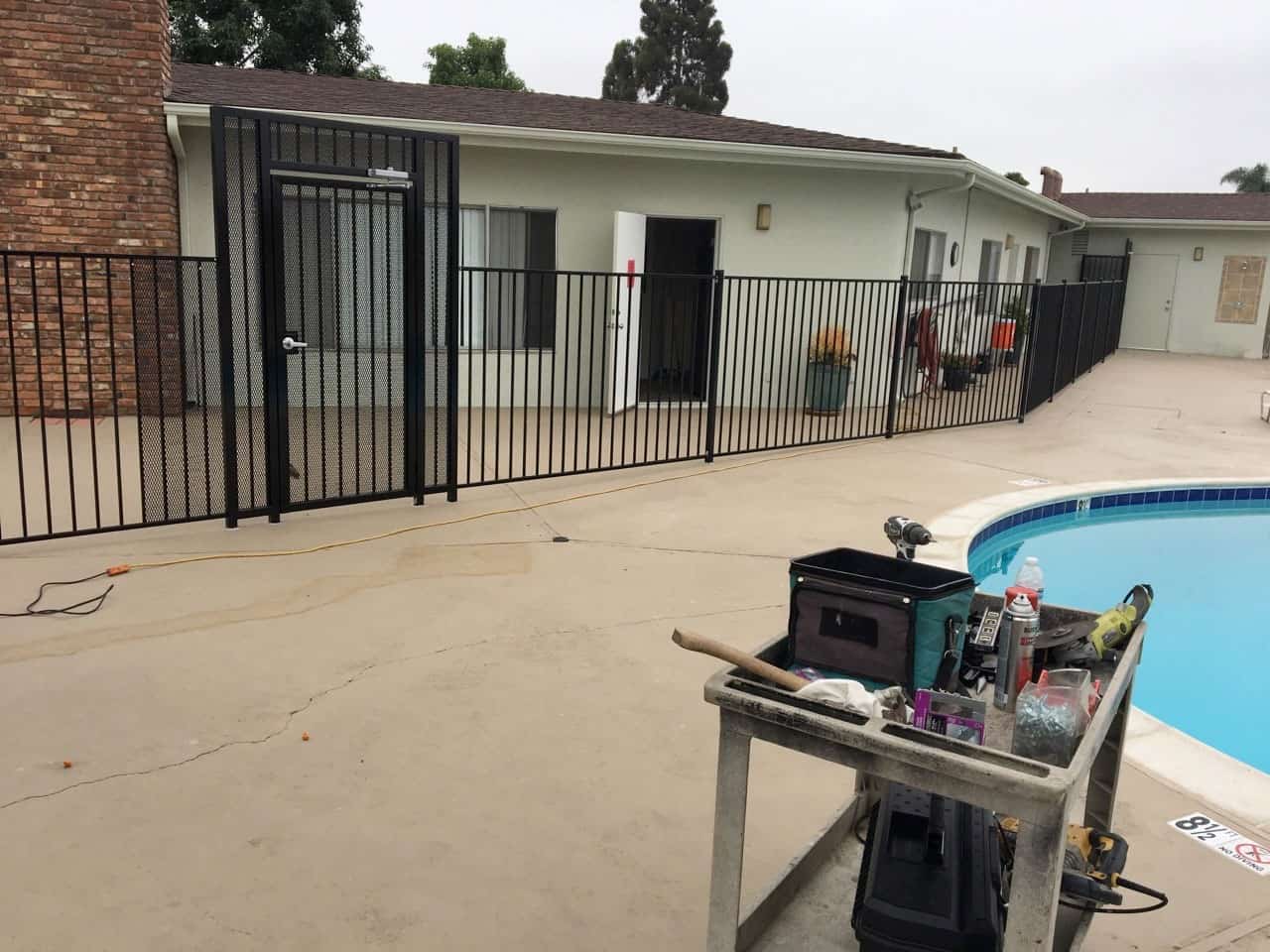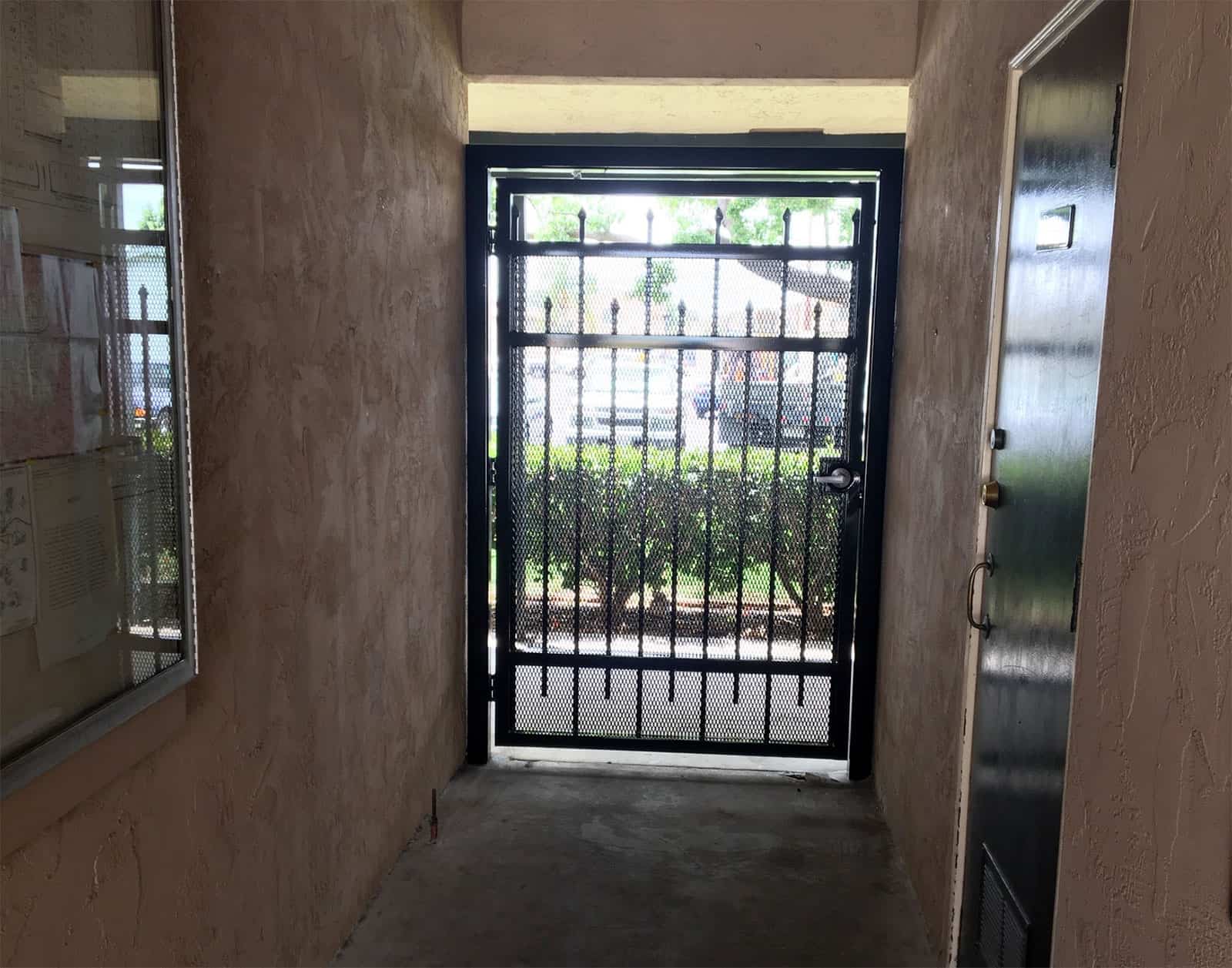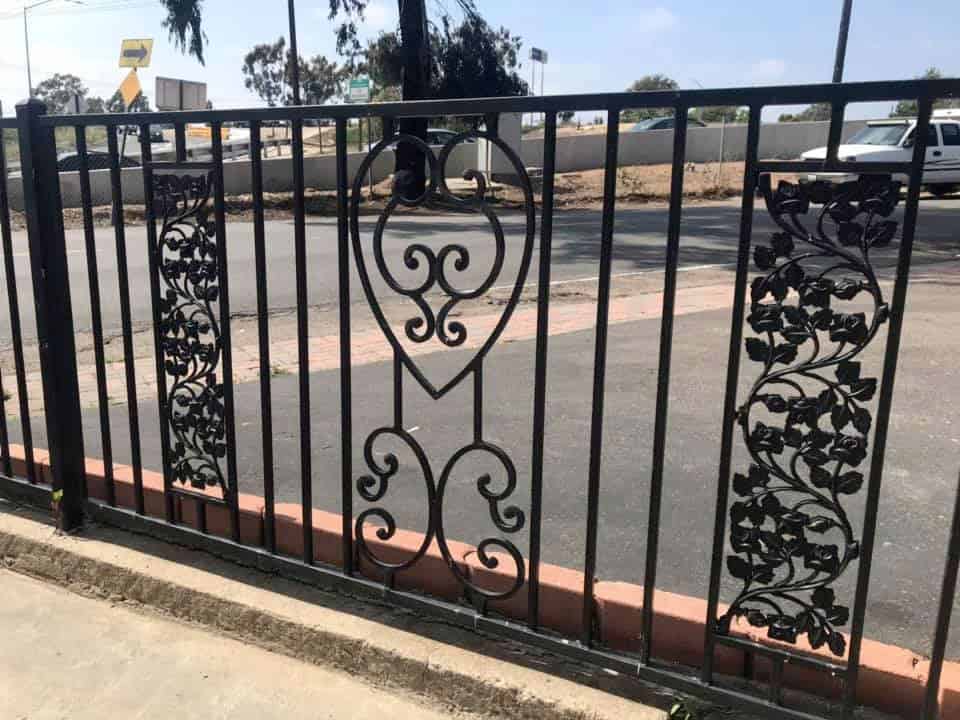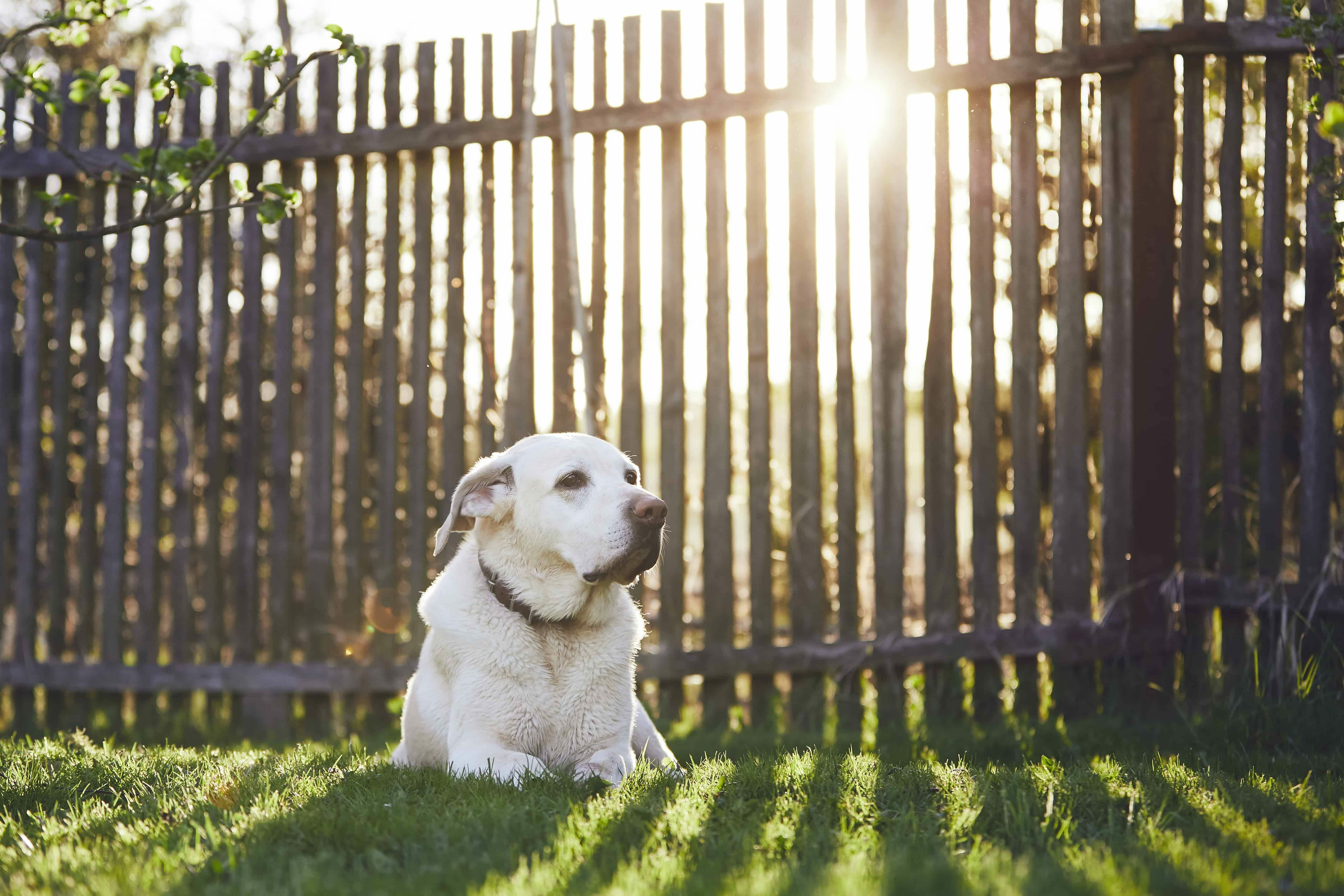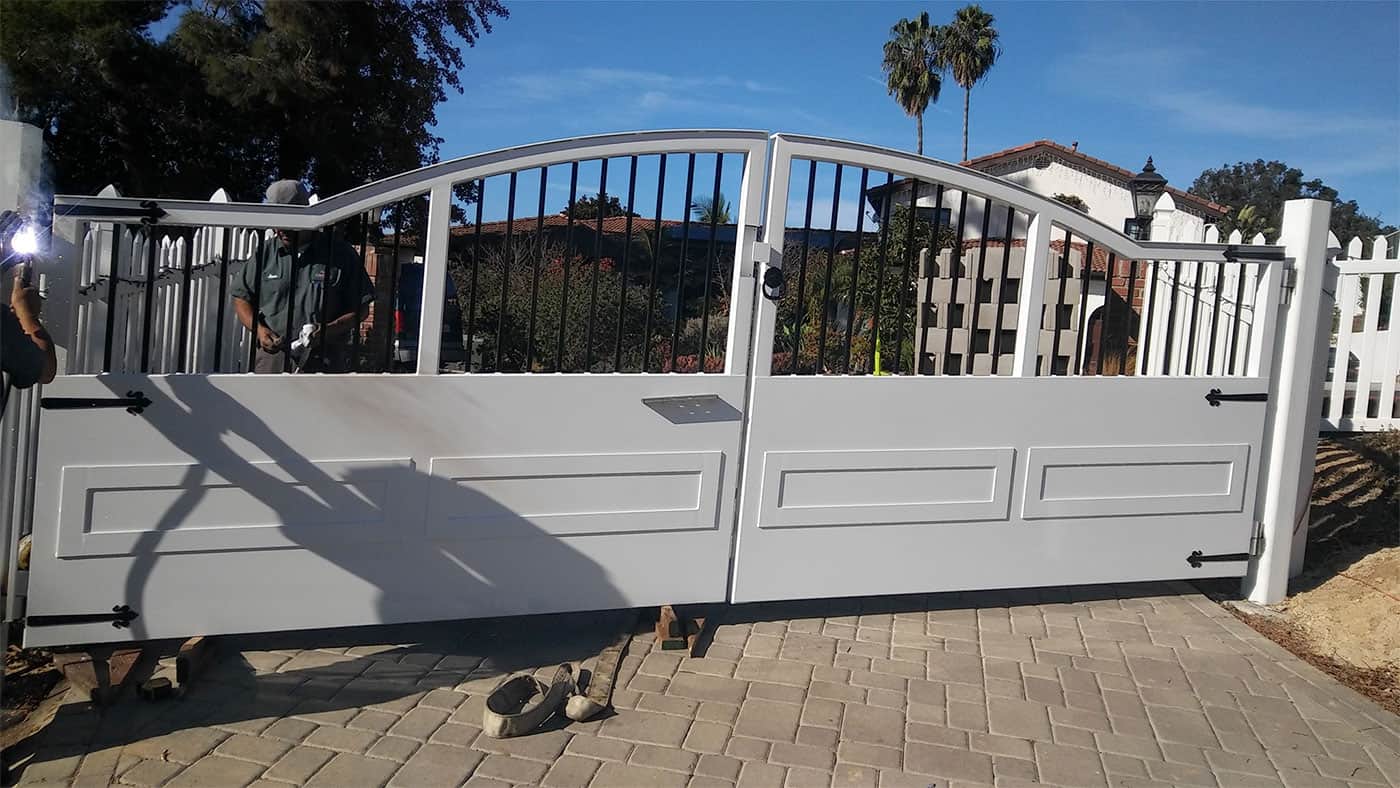 legendlegend
legendlegend
Custom Wrought Iron Gate – San Diego
Take a look at this hand crafted wrought iron gate for one of our residential customers.
Keep your kids safe around swimming pools
Installing a Fence Around Your Pool Can Help Save Your Children’s Lives
One of the best thing about summer is having a backyard pool that you can use for cooling off. What’s more, having your own pool is a cost-effective solution for keeping the kids entertained. However, one of the biggest, and most obvious risks of having a pool is the risk of drowning.
Here at Legend Fence Corp., we understand the importance of installing a secure fence and gate system around your swimming pool. Not only will it keep children safe, it’ll also help protect adults, and animals. Here’s why it’s so important to have a secure fence around your pool.
How is a pool fence different to a normal fence?
If someone suggests installing a fence around your pool, your first thought might be of a 6-foot high wooden or chain-link fence, but this couldn’t be further from the truth. The poolside fences that we install at Legend Fence Corp. are specifically designed to improve safety while not detracting from the overall appearance of the pool.
We always ensure our mesh fences are high enough to prevent children from climbing over, secure enough to not be knocked down, but inconspicuous enough for you to still be able to admire your pool and access it easily. Here’s what you should always look for in a pool fence:
The fence needs to create a complete barrier around the pool. This might seem obvious, but plenty of people think it’s okay to simply fence off the side of the pool that’s most accessible. However, children should be stopped from accessing the pool completely unless they’re supervised.
The fence should include a gate. After all, you still need to access the pool. Importantly though, the gate should close automatically and have a self-closing latch. This is the easiest way to keep curious children from finding their way through.
A secure pool fence should be at least 4 foot tall, but realistically, the taller it is the better. However, we understand that you might not want a massive fence around your pool, so we focus on making them secure but not in the way.
Similarly, if you go for an iron fence rather than mesh, make sure the railings are close enough together that a child can’t fit through. Realistically, there should be less than a 1-inch gap between railings or slats.
Your pool fence should always be installed by professionals. While you might think you can install the fence yourself, this one is arguably more important than the fence around your property, as it’s there to stop people falling into the pool. Only a licensed professional can ensure the fence is secure enough.
What do you need to make your pool secure?
While a pool fence is definitely the best way of securing your pool, it should only be the first step in making the whole area more secure. Consider the following tips alongside your fence pool for ultimate backyard safety:
Any locks on gates or doors should be higher than usual. In most cases, a simple latch on the gate should be fine, but it needs to be high enough that small children can’t reach it. If this is impossible, consider a more secure option, such as padlocks.
Poolside alarm systems are an invaluable failsafe in case someone makes it over the fence. Proximity alarms go off when someone (or something) enters the pool, which gives you plenty of warning. After a pool fence, this is the next best thing.
Make sure children and animals aren’t left unattended around an unsecure pool. One of the biggest causes of children drowning in a backyard pool is parents turning their back, even for a minute or two.
Do everything possible to ensure at least one adult is trained in CPR. Of course you want to prevent accidents happening, but sometimes they do, and if so it can be the difference between life and death if someone is able to give CPR immediately.
Ensure your pool fence is properly maintained. Mesh fences are resistant to corrosion and rust but still need to be looked after correctly. Keeping the fence clean and painted will help it last much longer, and will decrease the risk of the fence breaking suddenly.
Consider buying a pool cover for when it’s not in use. Not only will this keep the pool clean, it’ll also help prevent people from falling in. A rigid cover is better than a soft one because it blocks off the water better.
Keeping your pool safe
Although these seem like a lot of safety measures, pools can be surprisingly dangerous. This is particularly true for small children, who often aren’t confident enough swimmers to fix a problem if one arises. So, aside from not leaving children unattended around a pool, the best thing you can do is to install a perimeter fence.
As with all fences on your property, Legend Fence Corp. recommends regularly inspecting and maintaining your pool fence, particularly during off-season. Fall and winter are arguably the seasons in which most damage will be done to the fence, either through weather or neglect.
However, we maintain that this is the best time to fix any problems with your pool fence, as it’ll save you having to do it when the weather finally turns and you want to get in the pool. We’d also recommend regular inspections of your pool fence throughout the summer, perhaps while you’re skimming or cleaning the pool. This will allow you to be proactive in solving any problems, meaning your children’s safety is never compromised.
Is it time to install a fence around your swimming pool?
Having a backyard swimming pool is great, there’s no doubt about that. However, one of the biggest responsibilities of having your own pool is making sure it’s safe, even when not in use. That’s why we at Legend Fence Corp. feel it’s so important to make people aware of a pool fence’s benefits. If you decide it’s time you got a pool fence installed, why not contact Legend Fence Corp. today? Our 15 years experience will help you find the best fence for your pool.
Swing Gates for International Smokehouse Restaurant
We installed these beautiful swing gates for International Smokehouse in One Paseo.
Two Tone Privacy Fence with Gate
This two tone privacy fence with gate matched perfectly for our residential customer.
Swimming Pool Iron Fence & Gate
This iron fence & gate adds security around the pool
6 Tips for Choosing the Right Fence for Big Dogs
There are plenty of factors you should consider when choosing the right fence for your yard. One of the most important, and most often overlooked, is whether the fence will be suitable for containing a large dog. Generally speaking, large dog breeds have plenty of energy and can be great climbers.
So how do you know what kind of fence will be best for your big dog? Well, here at Legend Fence Corp, we’ve had plenty of experience installing fences for customers with big dogs, so we know exactly what does the job. Here are some top tips to consider when choosing your fence.
1. Make sure your fence is high
Some people might not want a tall fence because they can block out nice views or make your backyard feel smaller. However, if you’ve got a big dog, then the height of your fence is probably the most important thing to consider. Big dog breeds, such as Huskies and Labradors, have an amazing ability to jump, which can be impressive at times, but not when they’re trying to escape from your yard.
For a large breed, a fence around 6ft high should be fine. It’s unlikely your dog will be able to jump higher than this, but if they can then you can always add an extension onto the fence at a later date. At the absolute minimum, you should choose a fence that’s 5ft high, but always consider how athletic your dog is.
2. Choose the right materials
There are plenty of options to choose from when selecting the material for your fence, and each has its own pros and cons. However, if you’re installing a fence to contain your big dog, then you need to be much more careful about which material you choose. Most large dog breeds are very strong and wouldn’t have a difficult time getting through a low-quality fence, even if it’s made from durable materials.
The best choice of material for using around a large dog would be either wood panels or vinyl. Sure, chain link fences might seem the sturdiest option, but these come with a range of other issues for containing a dog. A fence made from high quality wood, vinyl, or composite will be the best options because they’re resistant to jumping, scratching, and chewing.
3. Don’t forget they can climb
Many large dog breeds are actually surprisingly good climbers, but only if they’ve got good footholds. This is why chain link is a bad idea because your dog will have little problem climbing over it. Panel fences, or vinyl fences, are an ideal choice because they don’t give your dog any footholds, meaning their only option for escape would be jumping. And providing you’ve built the fence high enough, this shouldn’t be a problem.
Along with your choice of materials, you should also ensure there aren’t any boosters around the fence that your dog could jump from. Things like planters and bird baths might seem like a good idea, but you’ll probably think differently when your dog uses them as a springboard to get out of the yard. One of the best things to do is let your dog into the garden and keep an eye on it. See where it goes, and if there are any areas you’re suspicious of, make sure there’s nothing they can jump on.
4. Are they territorial?
Being territorial isn’t unique to large dogs, although their size and strength makes it a bigger issue. Does your dog love to bark at people or animals as they pass by your house? You might find this annoying, but your dog only thinks it’s doing its job. However, this is definitely something you should consider when choosing the right material for your fence.
The best options will again be something like wooden panels or vinyl. The aim is to install a privacy fence so your dog has no visibility outside of your property. For this reason, chain link is obviously a no go. Installing a solid fence will theoretically mean your dog acts slightly calmer, and will hopefully reduce the risk of them wanting to escape. After all, if they can’t see that dog walking, then they won’t want to chase after it.
5. Pay attention to fence upkeep
While this tip applies to all fences, regardless of whether they’re containing a large dog, it’s particularly applicable in this case. As mentioned above, large dogs are strong, and so you don’t want your fence to be weakened through lack of care. This will give your dog more opportunity to escape, which is the last thing you want.
If you have a wooden fence, make sure you clean and treat it every year. Vinyl and chain link fences have less upkeep, but should be checked regularly for signs of damage and wear. If your wooden panel fence is looking a bit shabby, one of the best options might be to replace it. Dogs are clever and will more than likely know if there’s a weakness in your fence, and they’ll be perfectly happy to exploit it.
6. Give your dog reason to not want to jump the fence
Granted, this tip isn’t directly related to your choice of fence, but it’s useful nonetheless. Dogs often want to escape out of boredom, too much energy, or curiosity. So, you should do everything possible to stop it from wanting to escape. Make sure there’s plenty for your dog to do in the yard, and work on modifying their behavior so they know not to escape. This will be just as useful as building an escape-proof fence.
Conclusion
Hopefully these tips have helped you see what kind of fence it takes to contain a big dog. However, if this has made you realize that your current fence isn’t up to the job, then give Legend Fence Corp a call. We have over 15 years experience in the industry, and know exactly what fences will work around big dogs.
Custom Driveway Gate
Here’s a custom swing gate we fabricated and installed for a residential property in San Diego.


